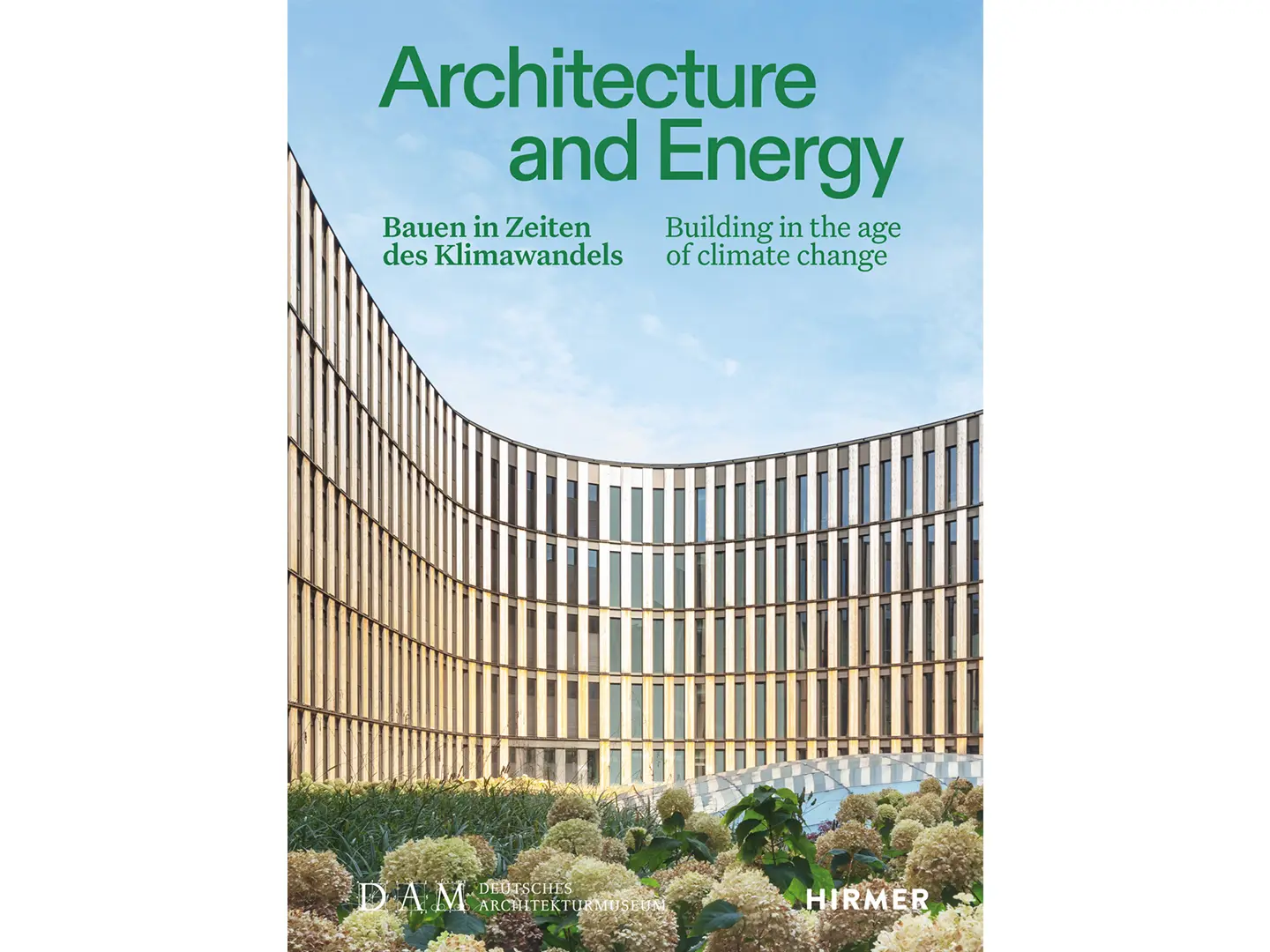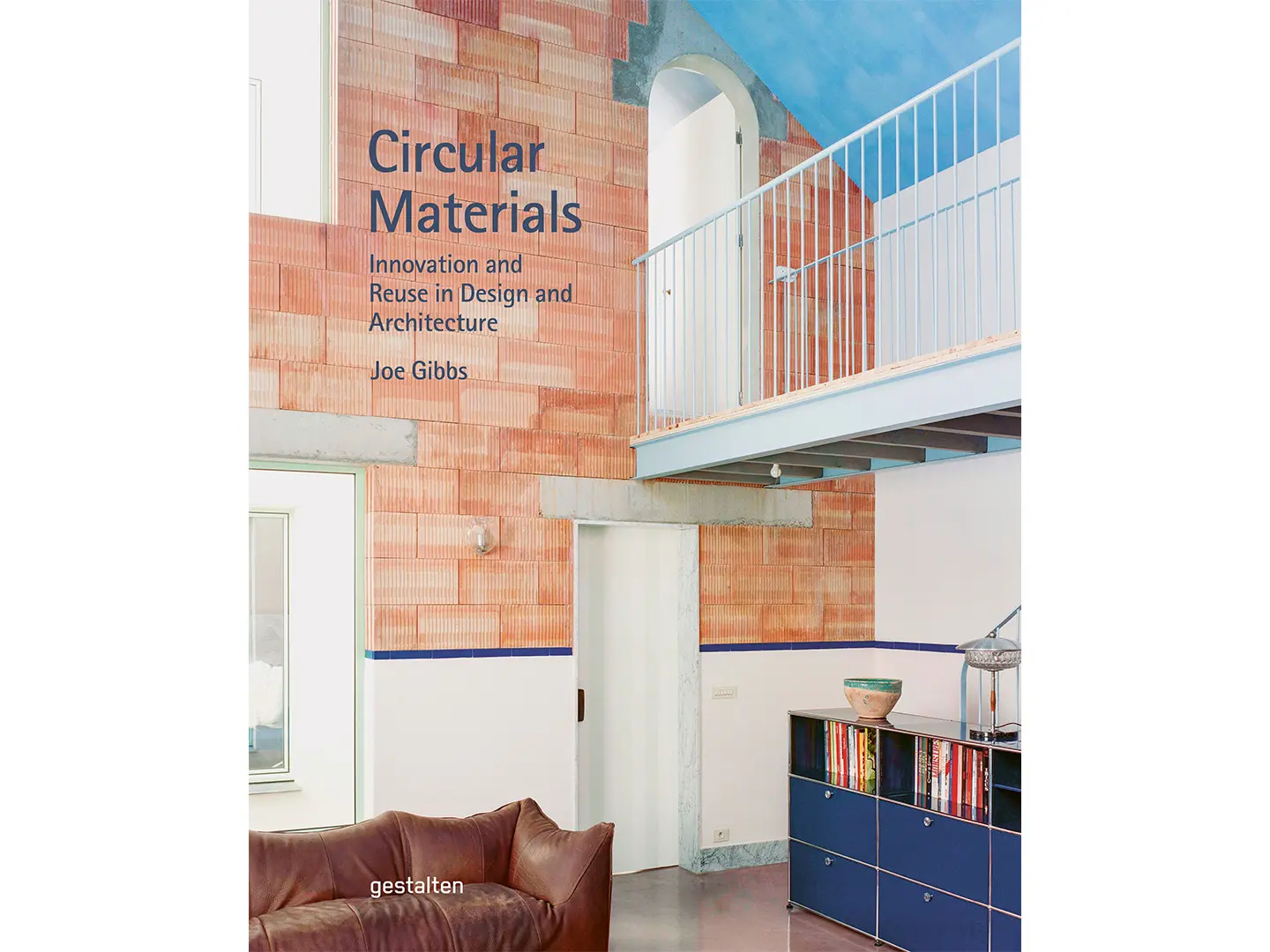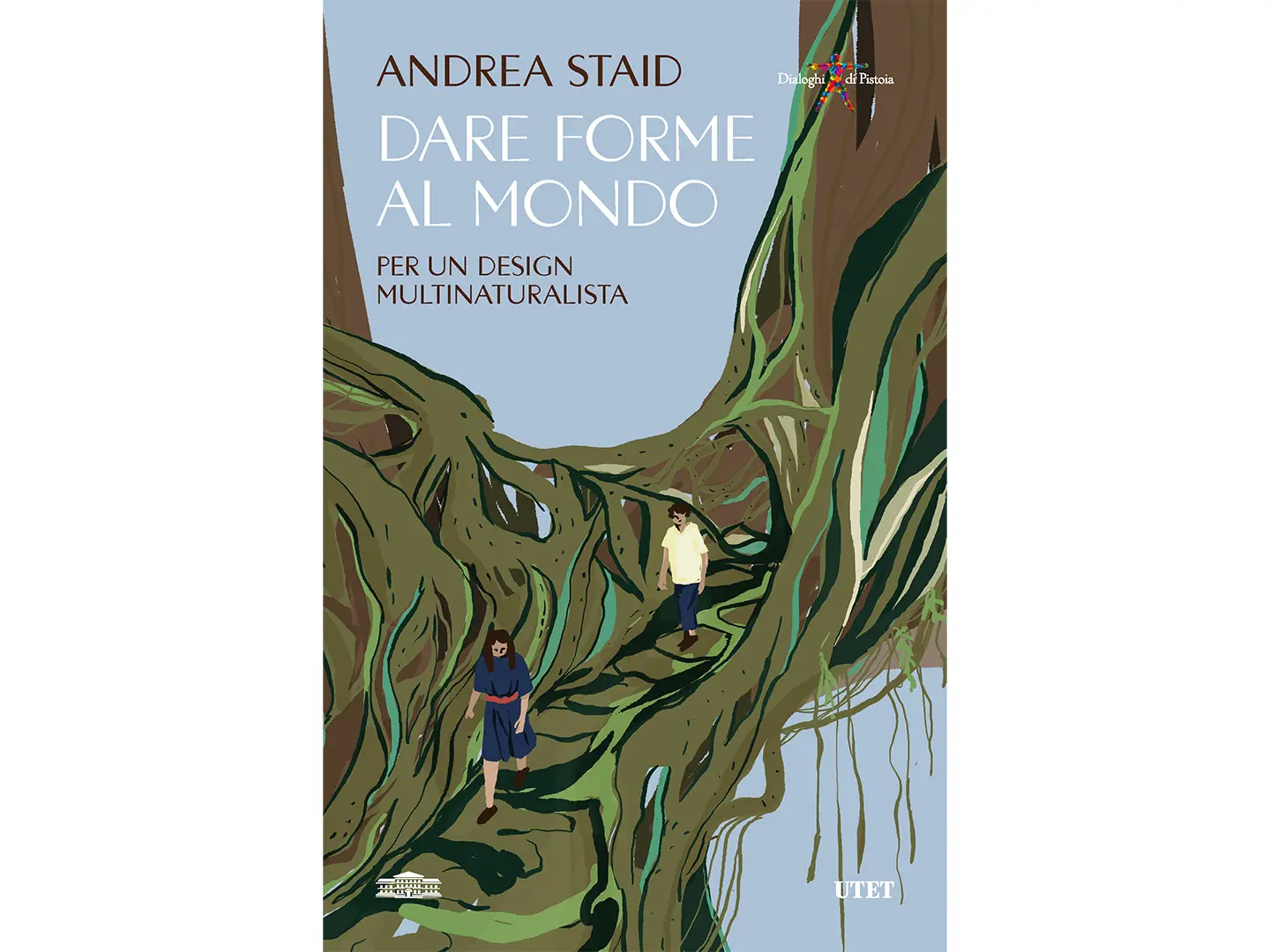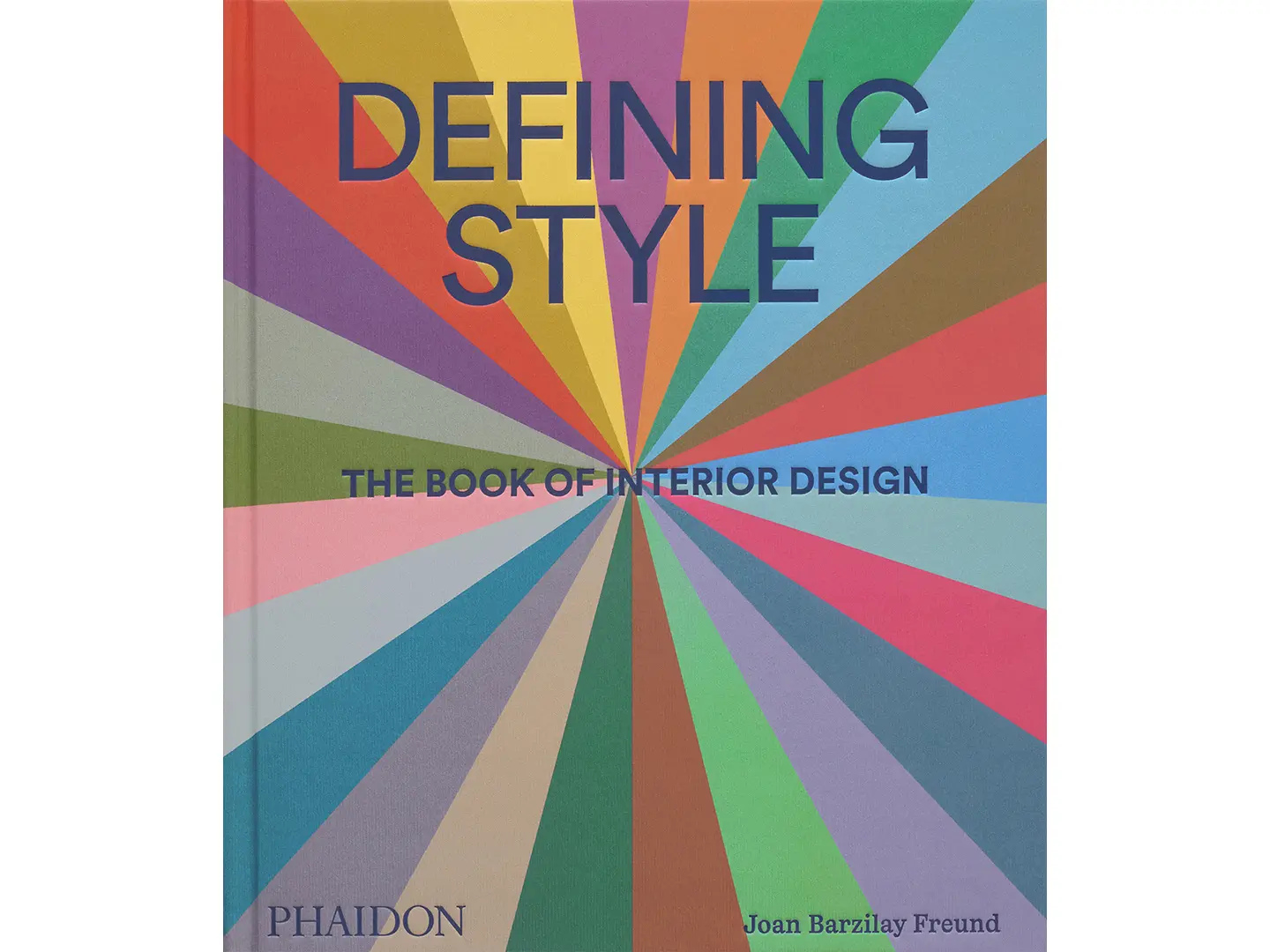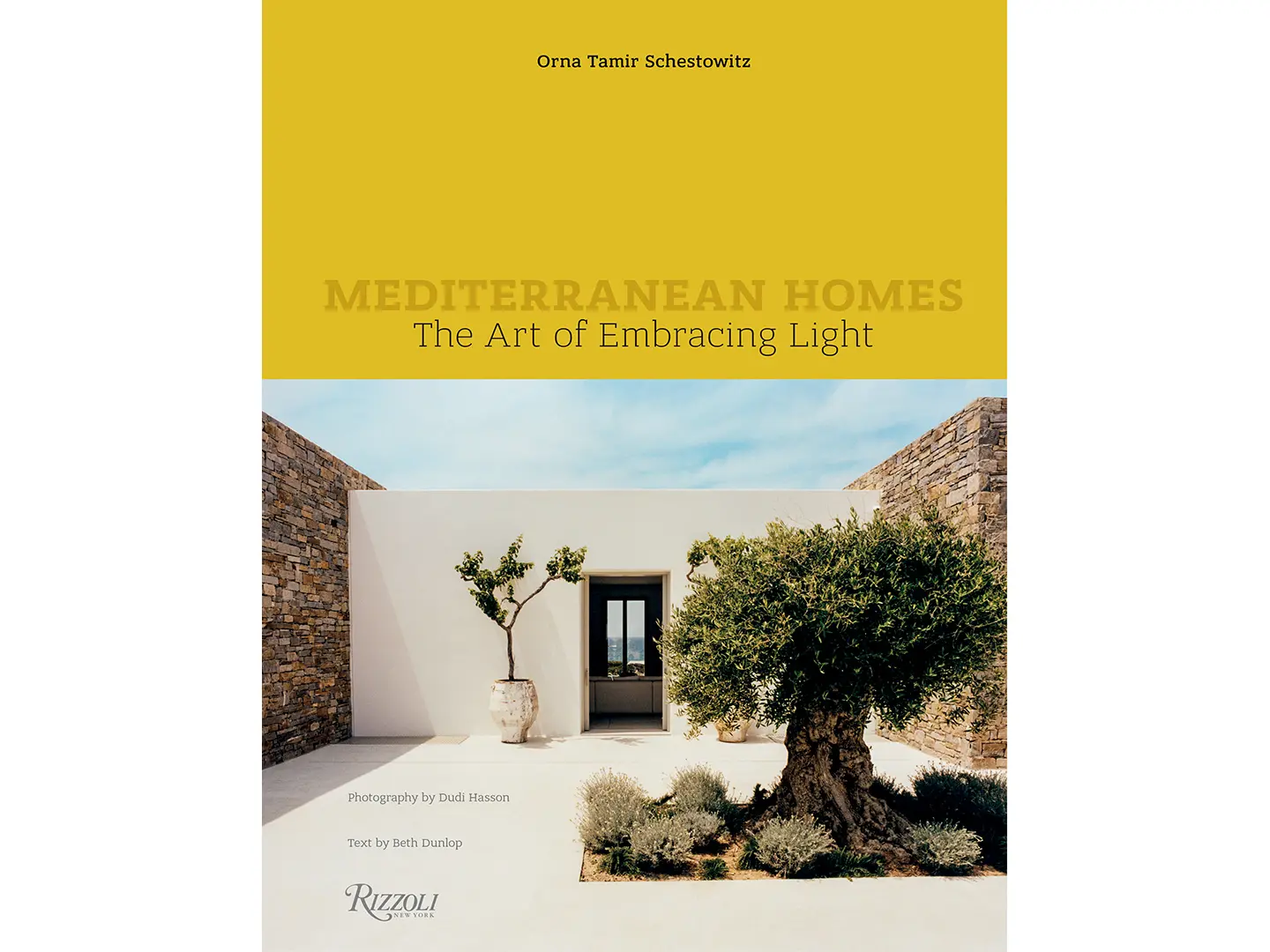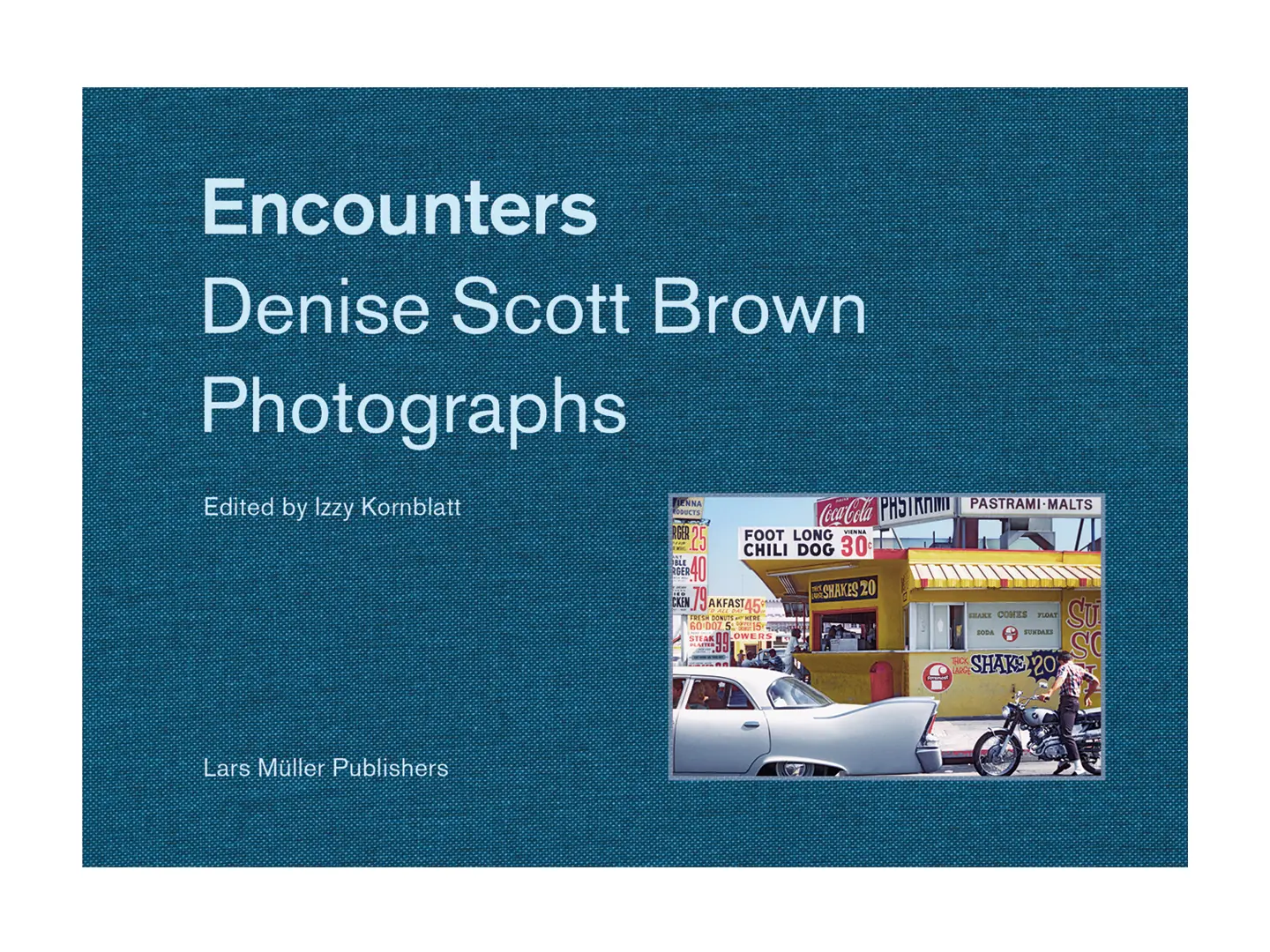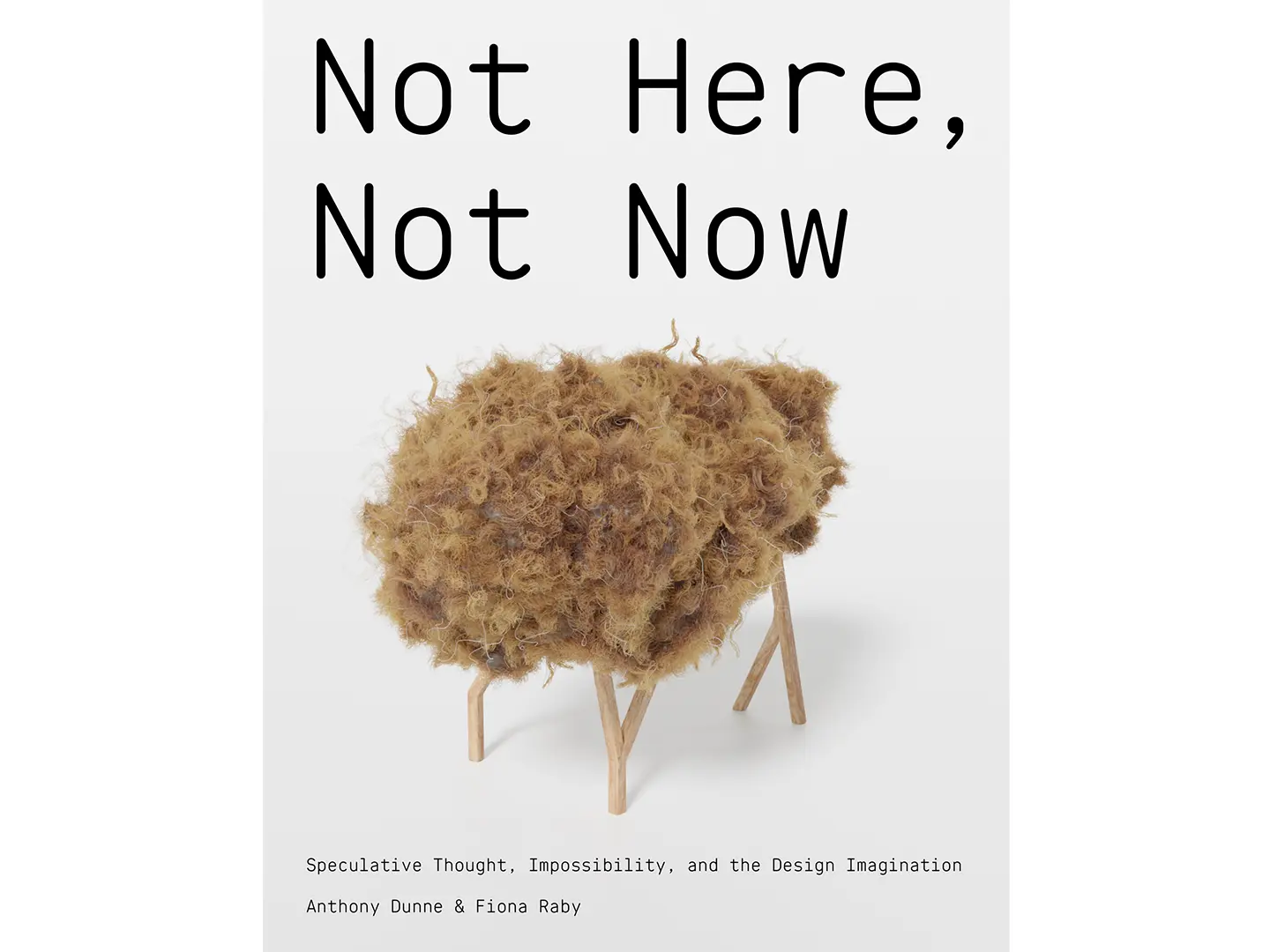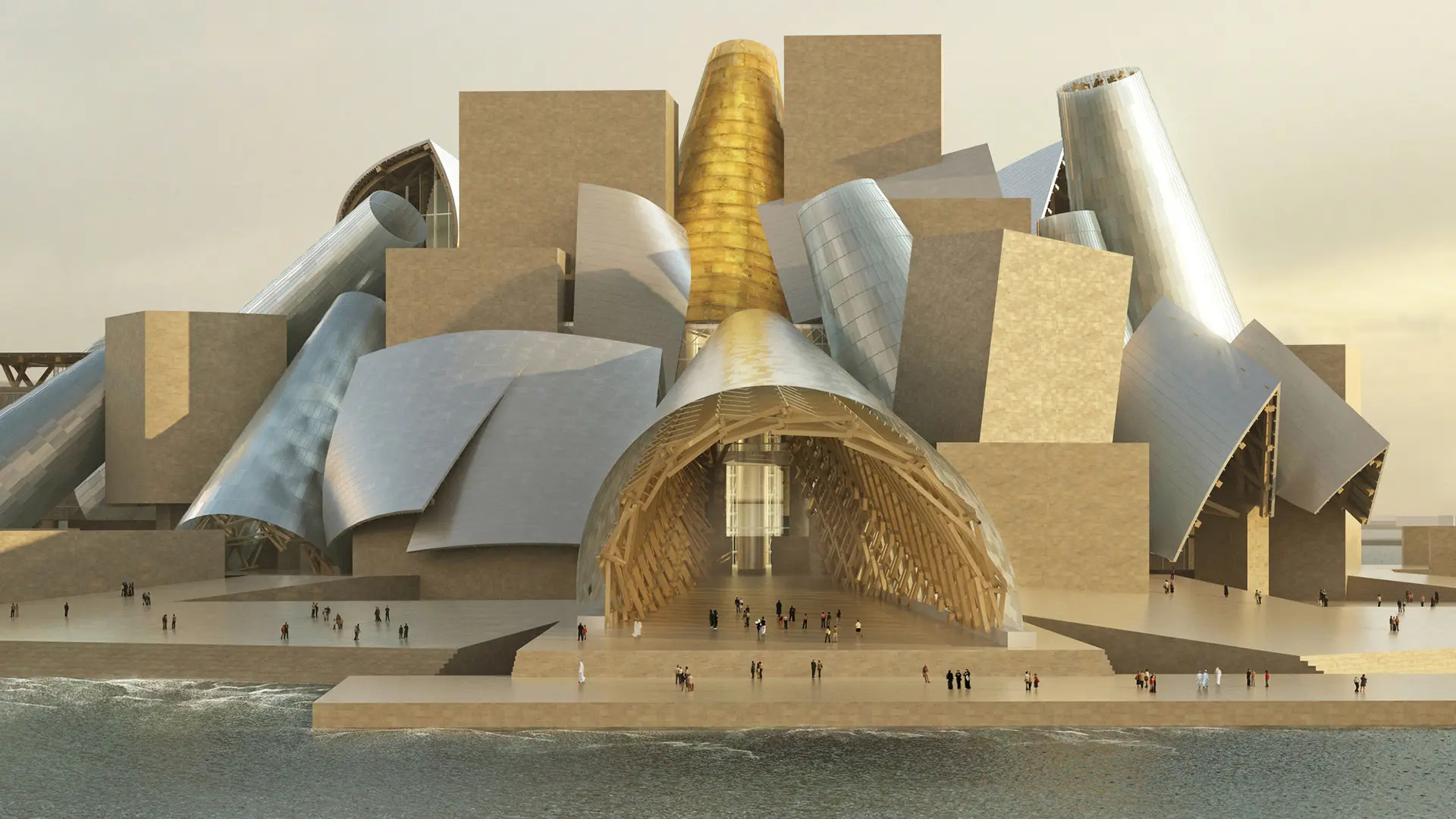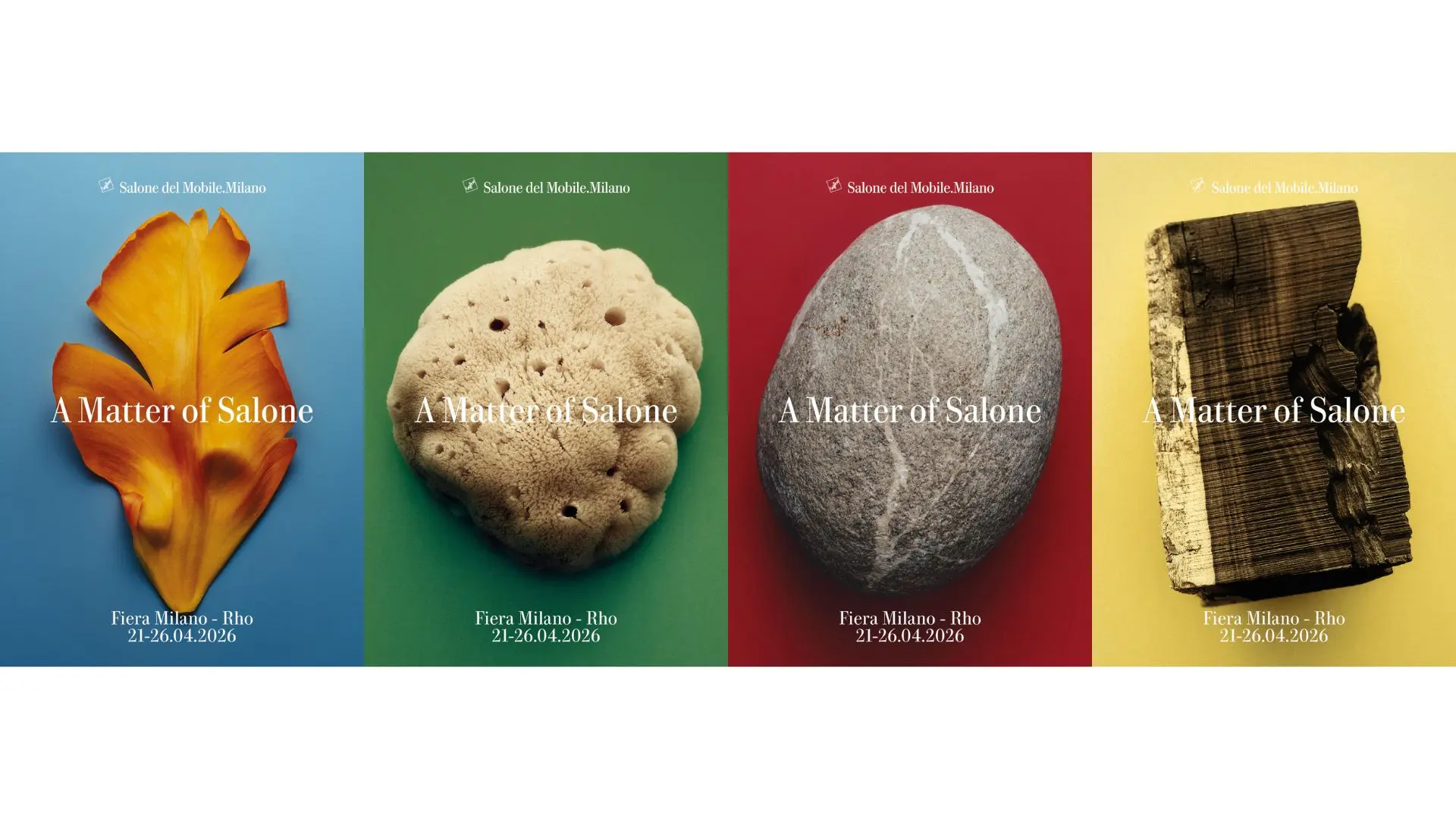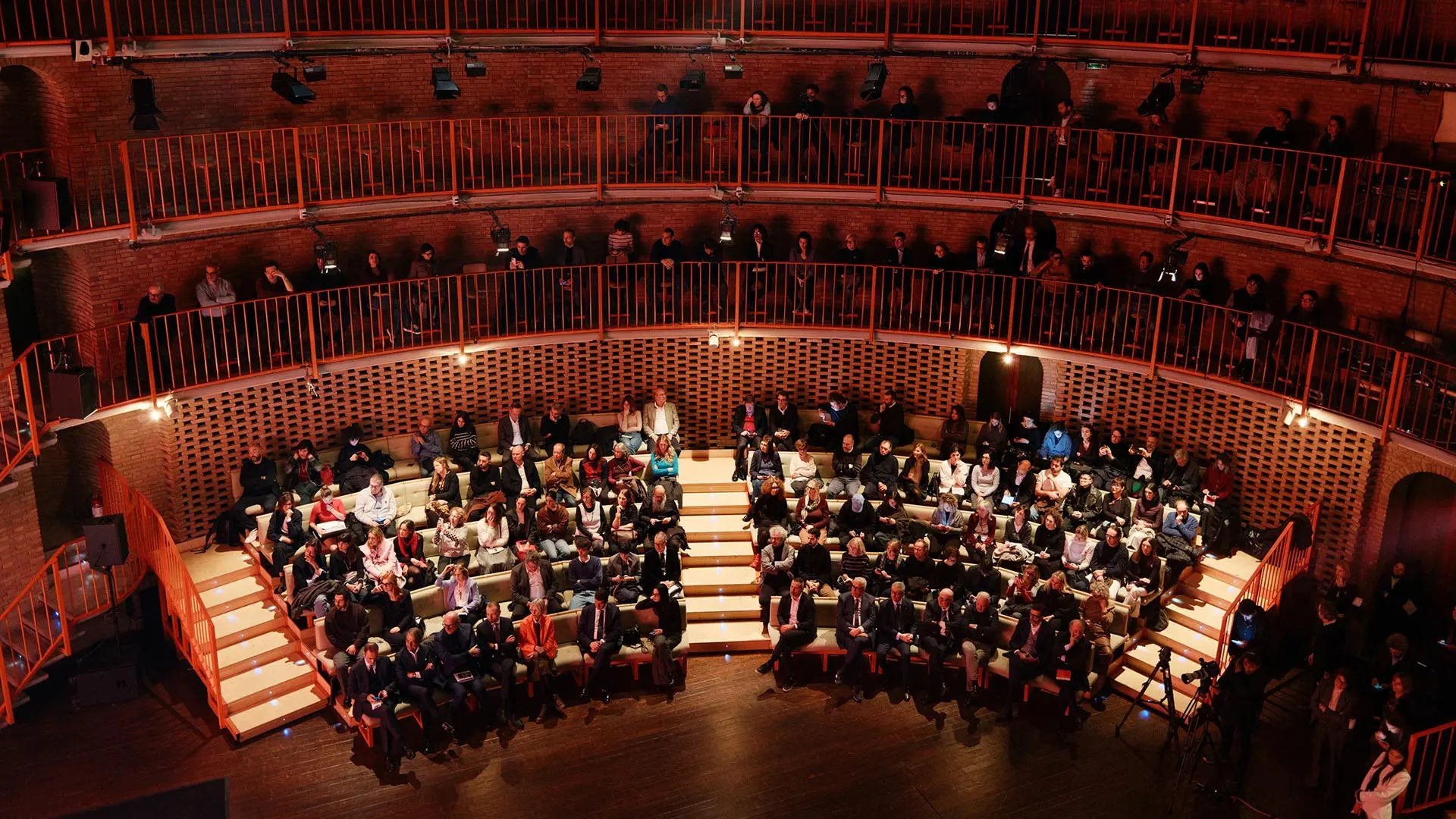From BIG to David Chipperfield, Frank Gehry to Snøhetta: a world tour of the best buildings set to open in 2026
12 new books for summer 2025. For discovering and pondering, and new possible worlds
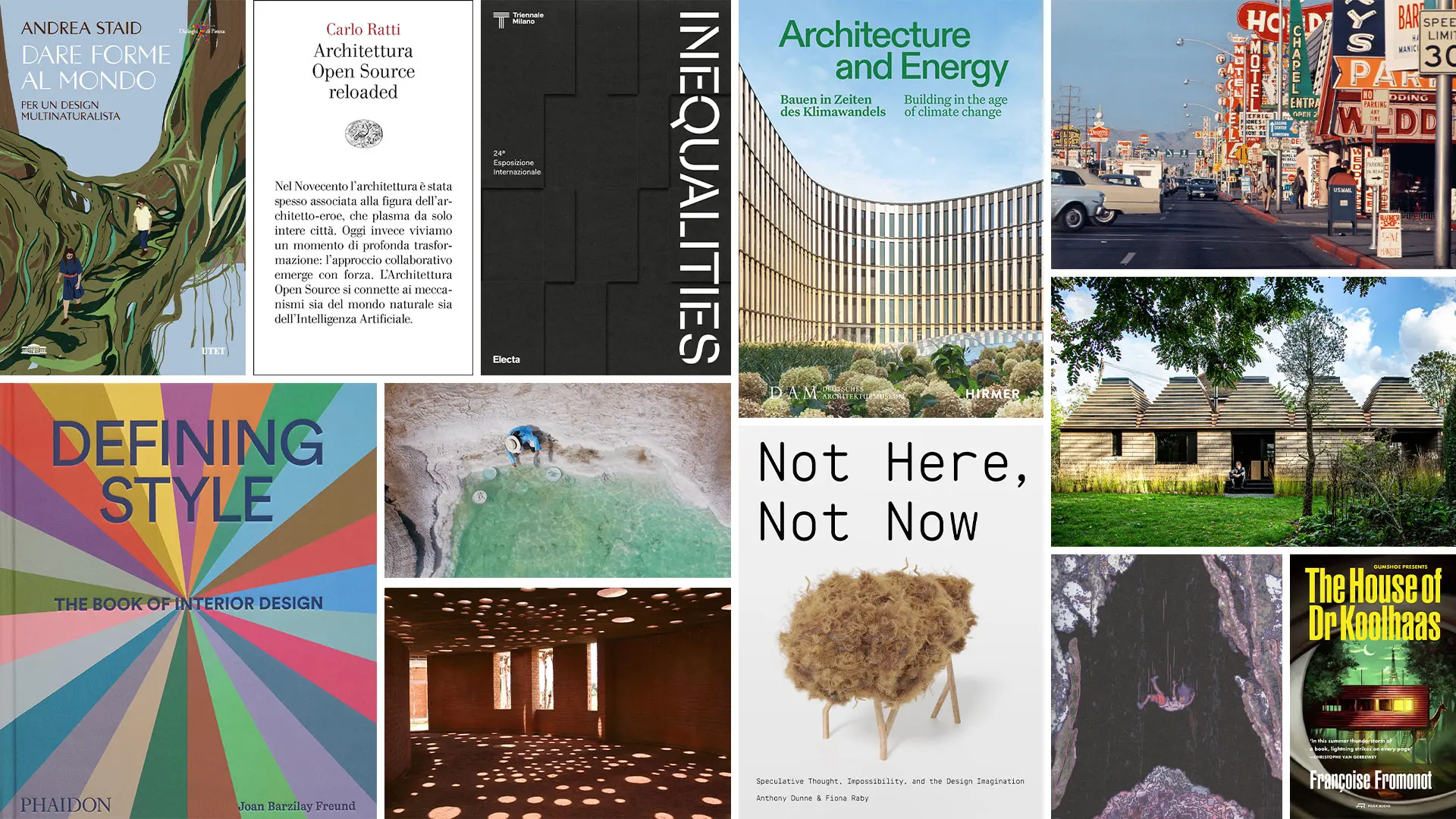
A fairy tale from Formafantasma, Rem Koolhaas' villa of mysteries, reissues of cult books by Alice Rawsthorn and Carlo Ratti, and reflections on new ecological literacy. Plus numerous interior design projects
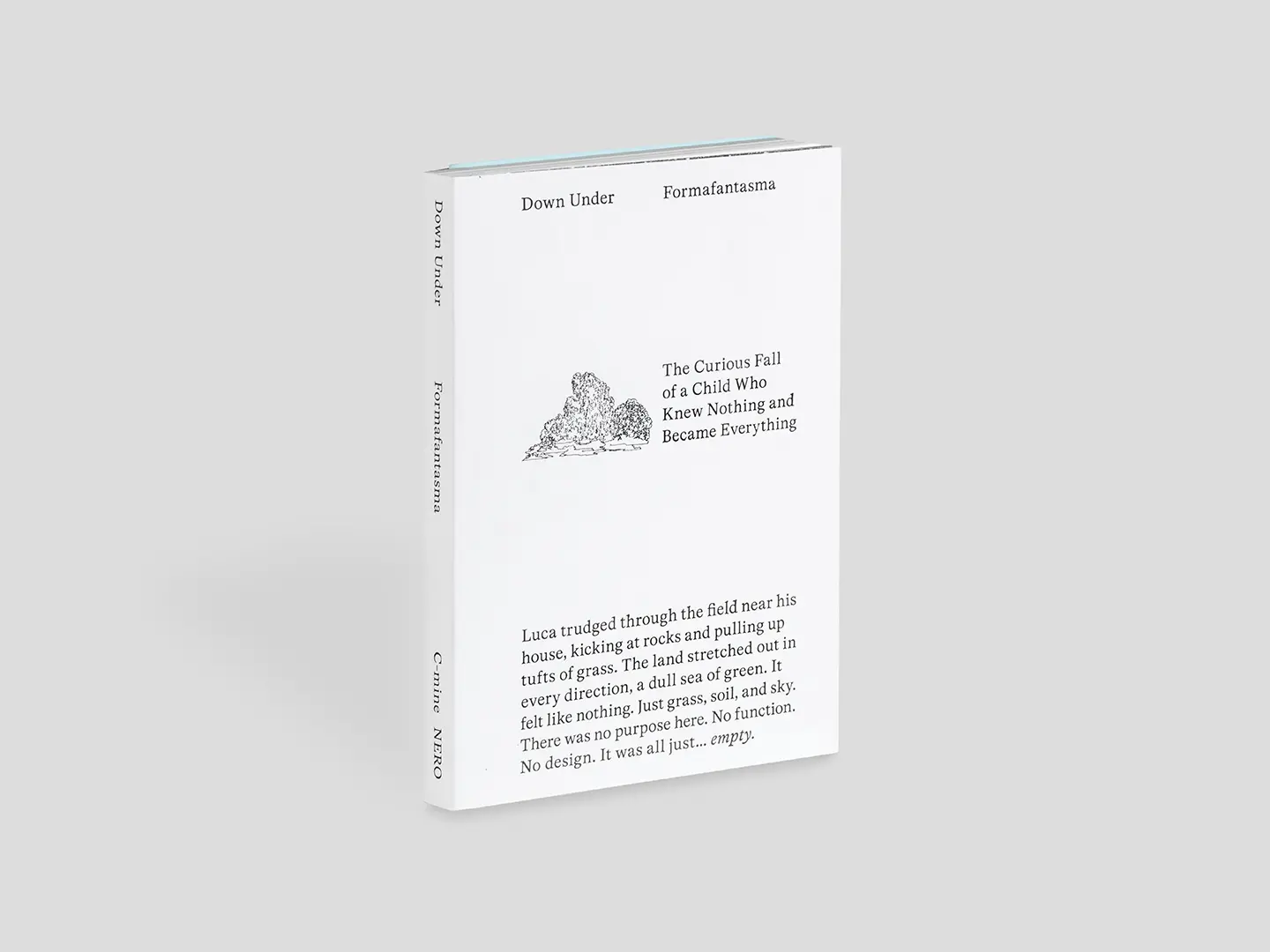
"Down Under: The Curious Fall of a Child Who Knew Nothing and Became Everything" by Formafantasma, Nero Edizioni
Following in the footsteps of Munari and Sottsass and their children's books, Formafantasma are also trying their hand at a fairy tale, a.k.a. a publishing project, illustrated by Clément Vuillier. Ecological, because it is an invitation to rethink our relationship with nature. Dual, because it is a transgenerational educational tool also aimed at adult readers given its scientific narrative and collection of interviews with geologists, entomologists and microbiologists. The moral of the tale - taking the former Belgian mine in Genk as an example – is to consider post-industrial areas as ecosystems rather than places to be exploited or abandoned.
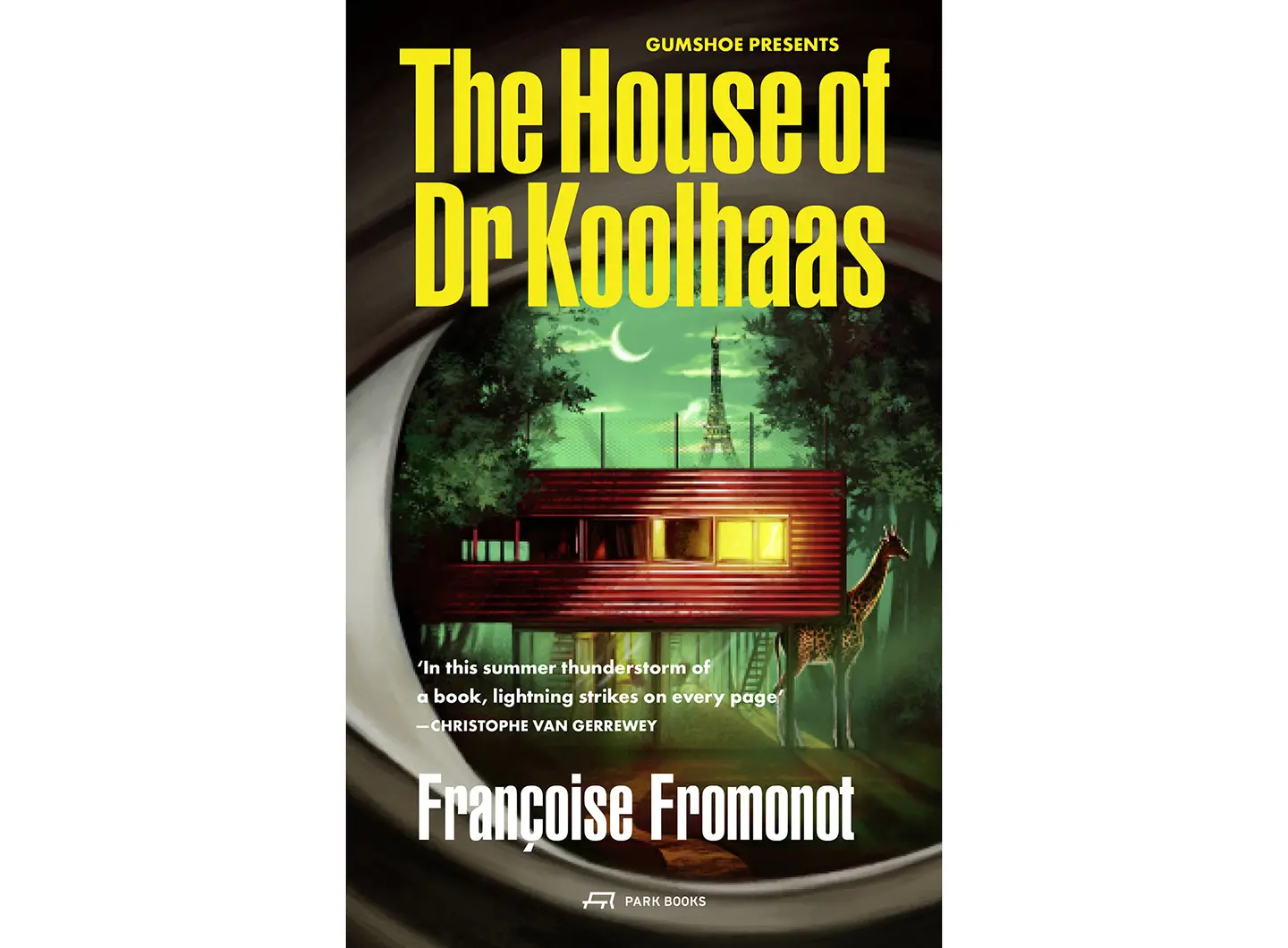
“The House of Dr Koolhaas", by Françoise Fromonot, Park Books
This is the first volume in the Gumshoe series of architectural books written in the style of detective novels, each focusing on a significant building with a mystery to be solved. The first of these is Villa Dall'Ava, designed by Rem Koolhaas (1985-1991), in the Parisian suburb of Saint-Cloud. It is a manifesto house that subverts the usual concept of perspective, characterised by a highly light-permeable promenade and a swimming pool on the roof with a view of the Eiffel Tower in the distance. It’s a decidedly non-conformist construction, perfect for launching this unusual series, in which the authors become detectives reopening unsolved cases, looking for clues and being led up the wrong tracks.
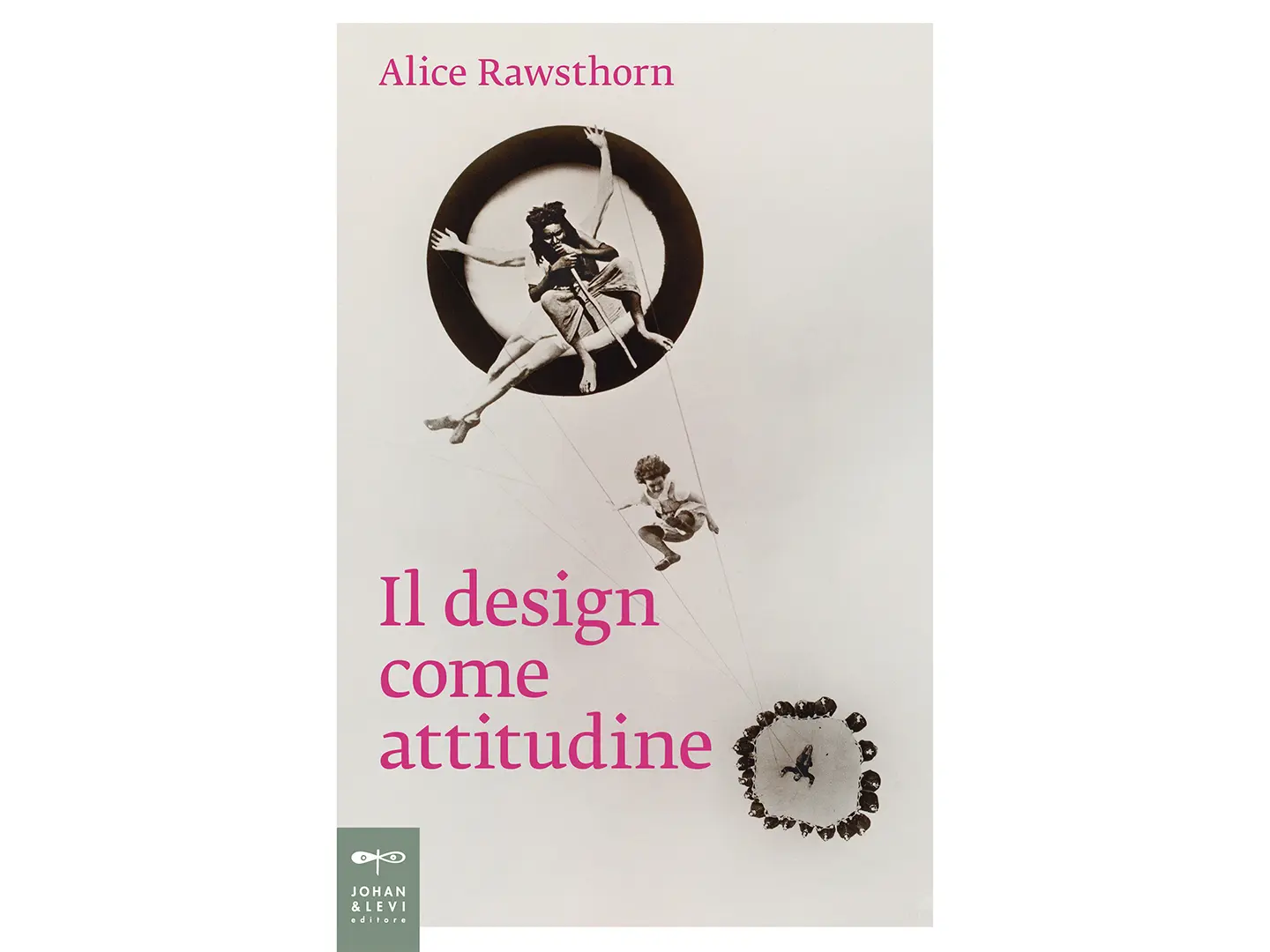
"Design as an Attitude", by Alice Rawsthorn, Einaudi
A completely revised edition of a cult book. The title, identical to the original, still stands as a tribute to the intellectual and artist Moholy-Nagy, a pioneer of design geared to the needs of the individual and society. However, the chapter on design's response to the climate emergency through the new generation of attitudinal designers and the initiatives of large companies, which go beyond commercial interests to promote practices of manual experimentation and pro bono work, is entirely new. A snapshot of the discipline of design, which is shrugging off its aesthetic identity to embrace a more inclusive attitude, open to collaboration and cross-pollination.
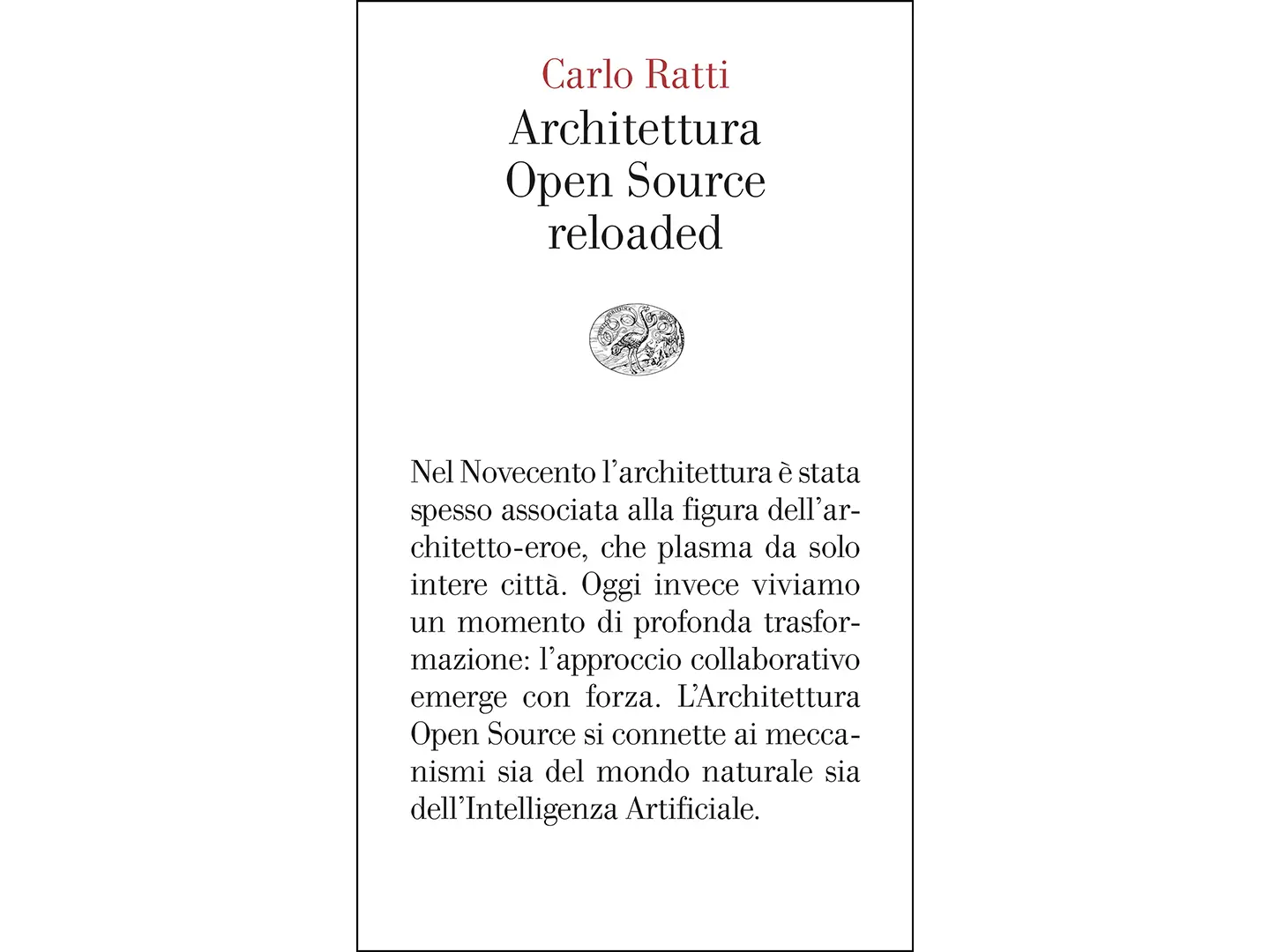
"Architettura Open Source reloaded", by Carlo Ratti with Matthew Claudel, Einaudi
A re-edition of a seminal volume. The distinctive element of this reloaded version is the introduction - an "impossible conversation" between a mathematician turned architect and an engineer turned designer, i.e. between Carlo Ratti, curator of the 2025 Architecture Biennale, and Christopher Alexander (1936-2022), a design theorist known for his innovative approach to pattern-based architectural design. Generated with the help of artificial intelligence (LLM), the imaginary dialogue compares two distinct views on participation in design processes, updating the comparison between pattern language and open source in the light of the latest technological developments.
Read also: The holiday library. 5 important books to savor tranquilly
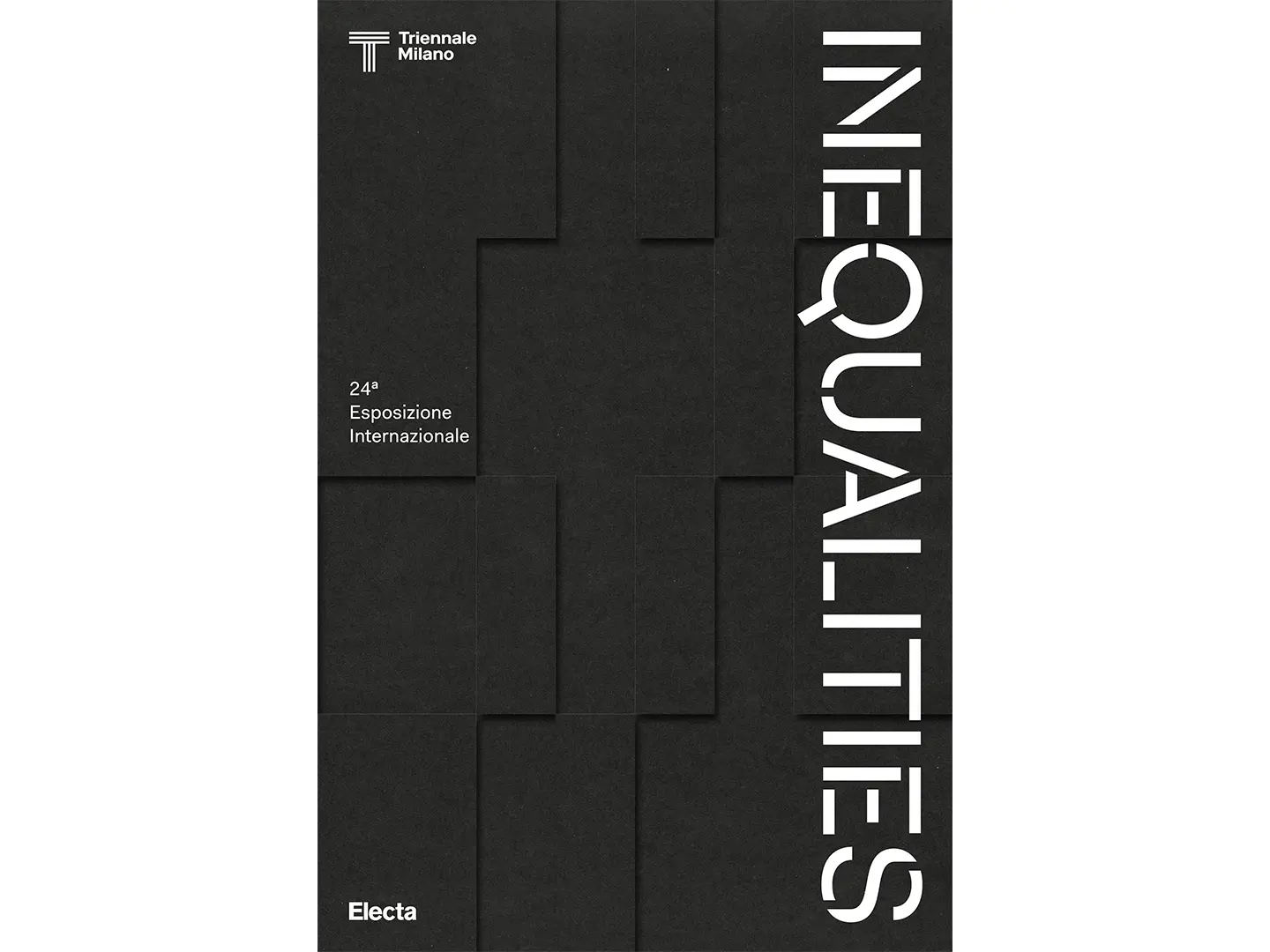
"Inequalities", edited by Marilia Pederbelli, graphic design Pentagram, Electa
We live in a world of growing inequalities. From economic and ethnic inequalities to those of geographical origin and gender. The appeal launched by Inequalities, 24a Esposizione Internazionale di Triennale Milano (until 9th November 2025), is to start valuing human relationships again, as an antidote. The catalogue (384 pp.) delves deeper into and elaborates on the content of the exhibition through critical essays, such as Tim Ingold's manifesto for a new humanism. The final message of this great collective project is that research into the subject and history both show that even inequalities can be blurred through targeted policies and collective commitment.


 Salone Selection
Salone Selection
